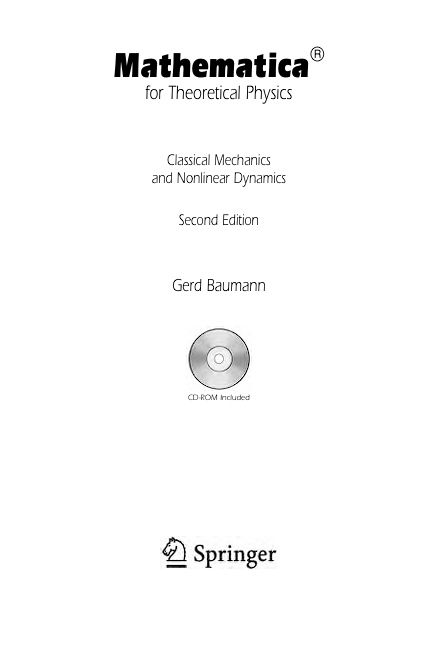
Mathematica_for_Theoretical_Physics_Vol_II
Author: Gerd Baumann Category: Matematika Terapan Publisher: Springer ISBN: 0-387-25113-8As physicists, mathematicians or engineers, we are all involved with
mathematical calculations in our everyday work. Most of the laborious,
complicated, and time-consuming calculations have to be done over and
over again if we want to check the validity of our assumptions and
derive new phenomena from changing models. Even in the age of
computers, we often use paper and pencil to do our calculations.
However, computer programs like Mathematica have revolutionized our
working methods. Mathematica not only supports popular numerical
calculations but also enables us to do exact analytical calculations by
computer. Once we know the analytical representations of physical
phenomena, we are able to use Mathematica to create graphical
representations of these relations. Days of calculations by hand have
shrunk to minutes by using Mathematica. Results can be verified within
a few seconds, a task that took hours if not days in the past.
The present text uses Mathematica as a tool to discuss and to solve
examples from physics. The intention of this book is to demonstrate the
usefulness of Mathematica in everyday applications. We will not give a
complete description of its syntax but demonstrate by examples the use
of its language. In particular, we show how this modern tool is used to
solve classical problems.
Back